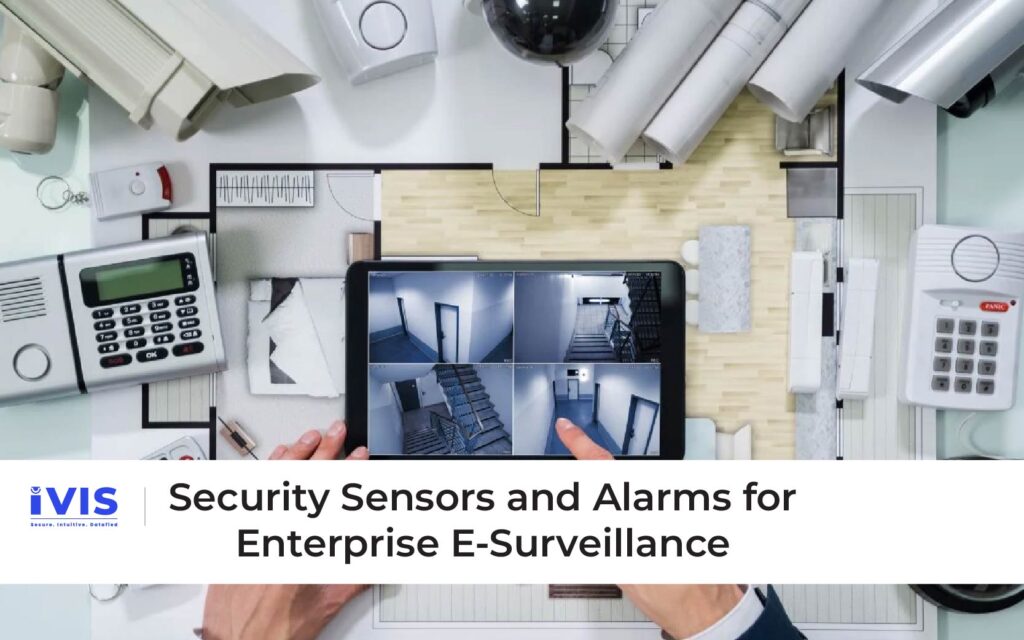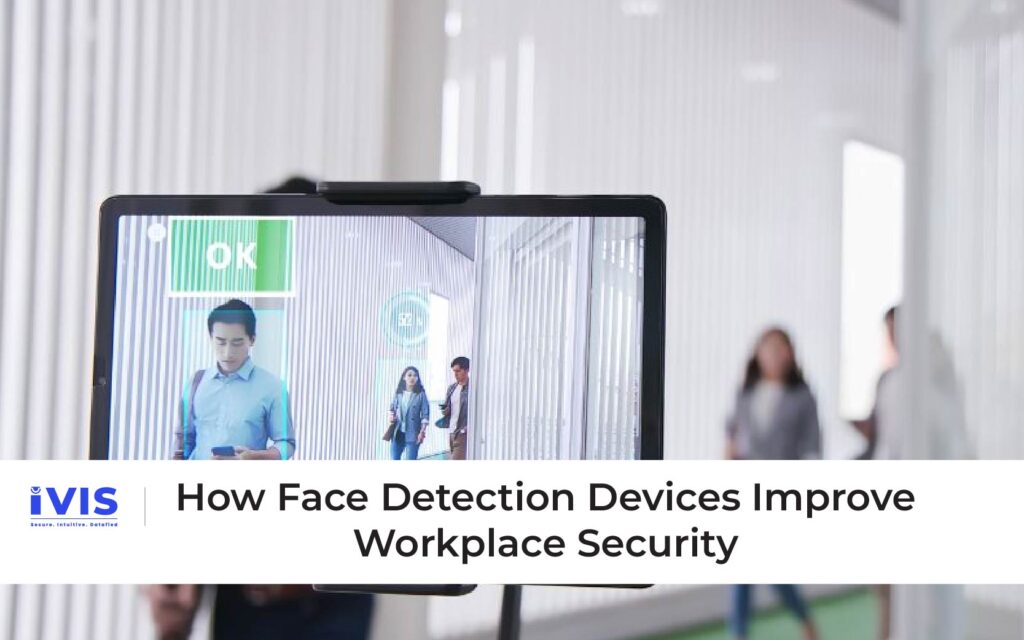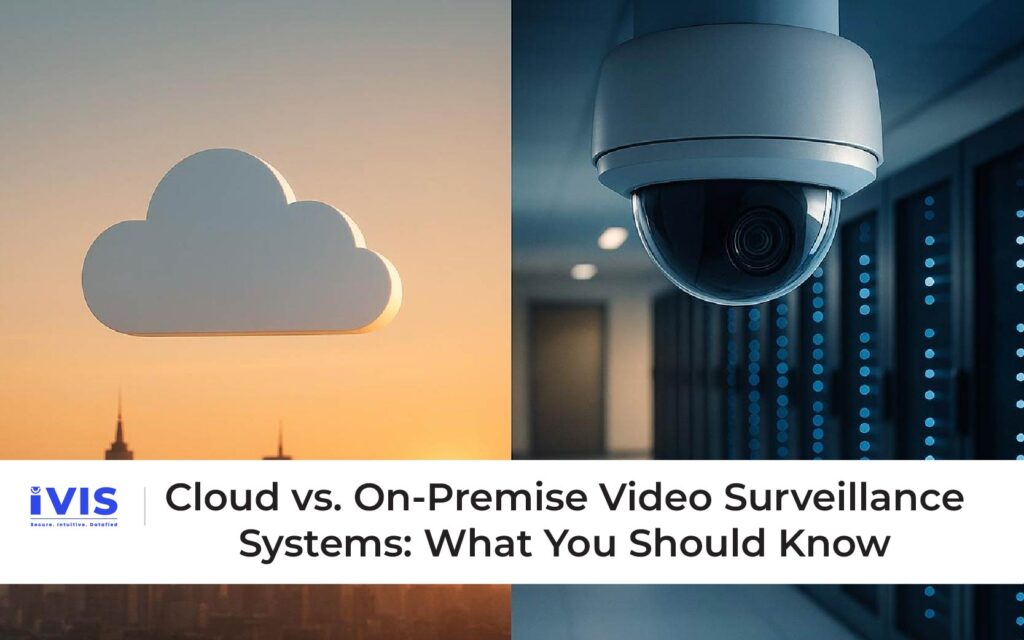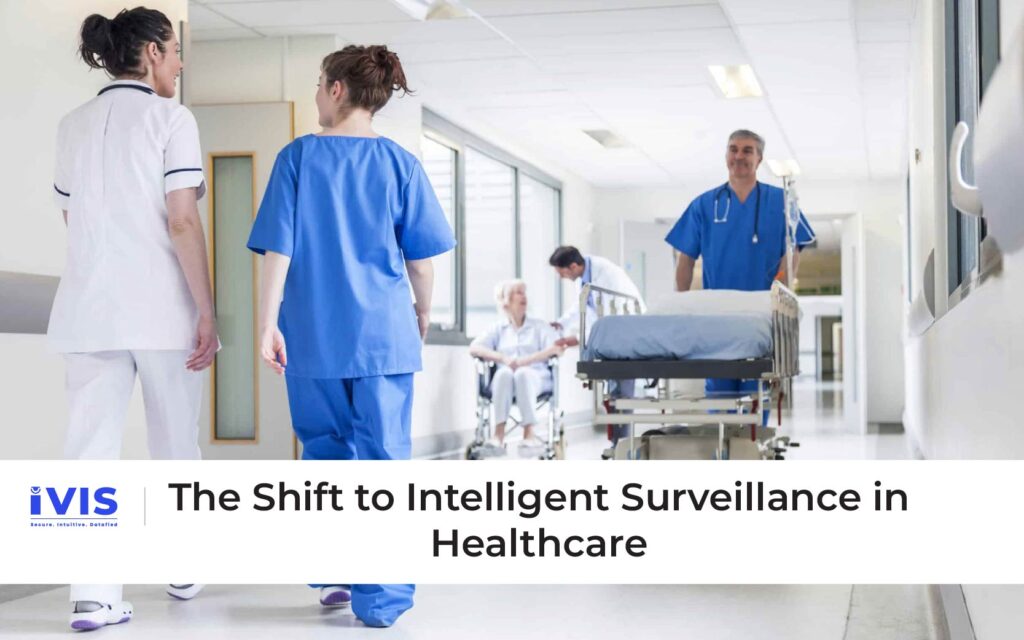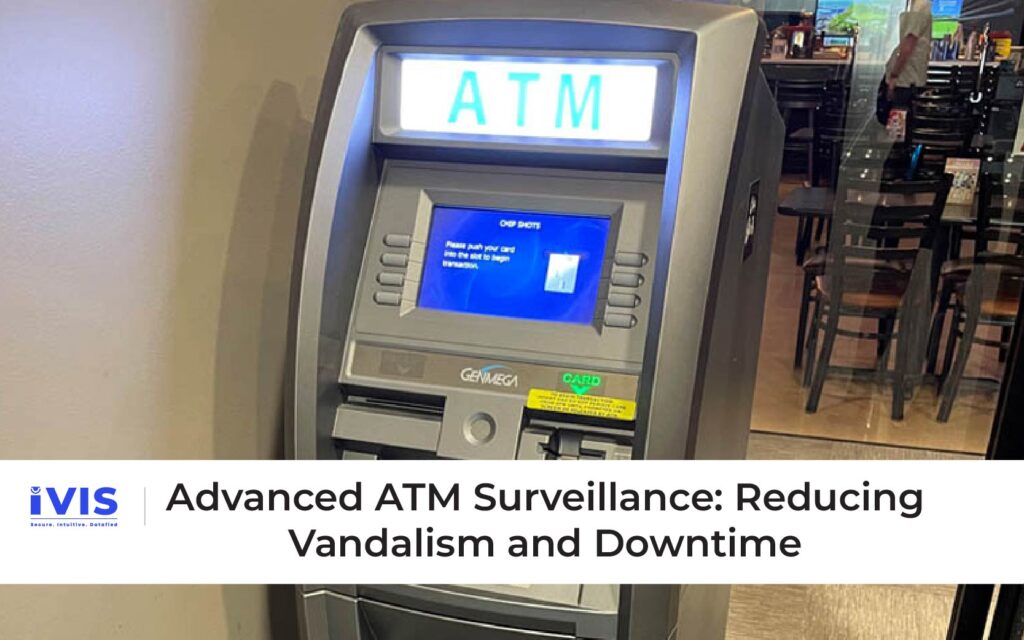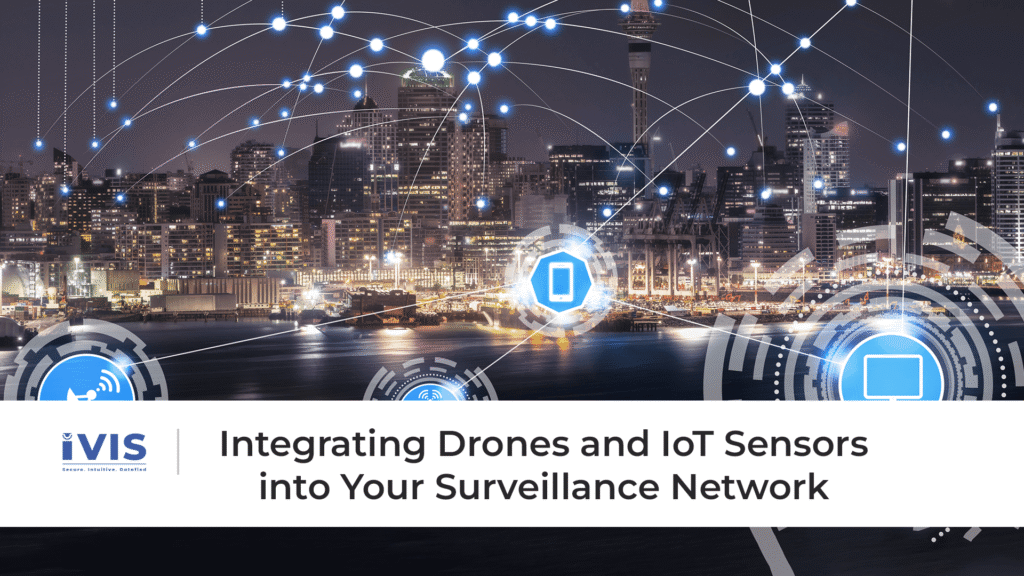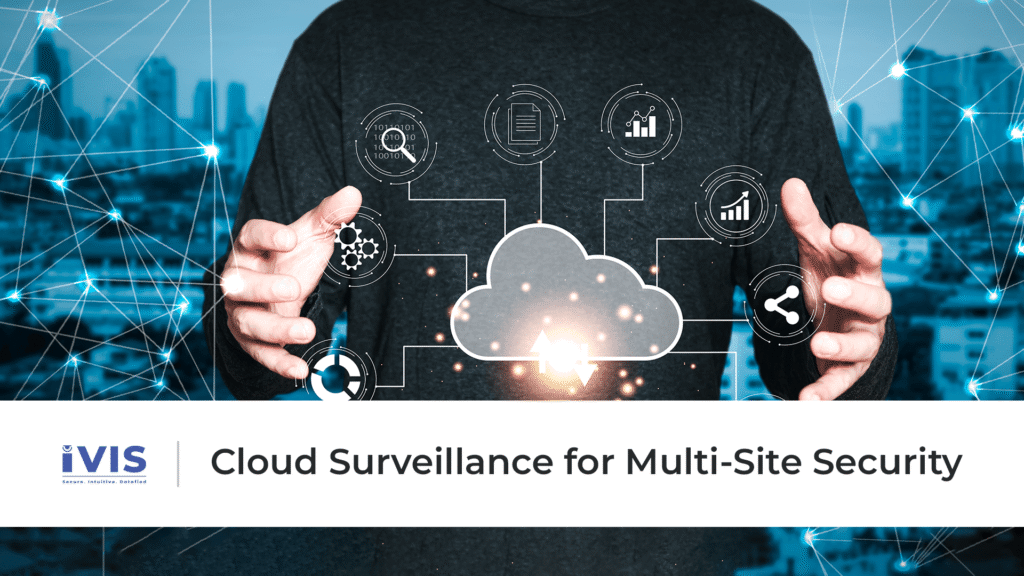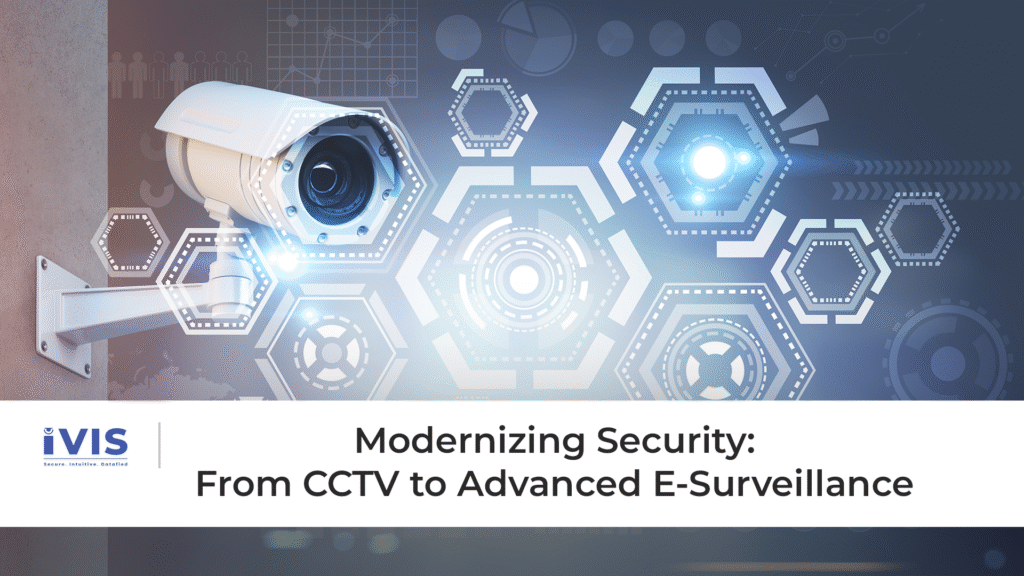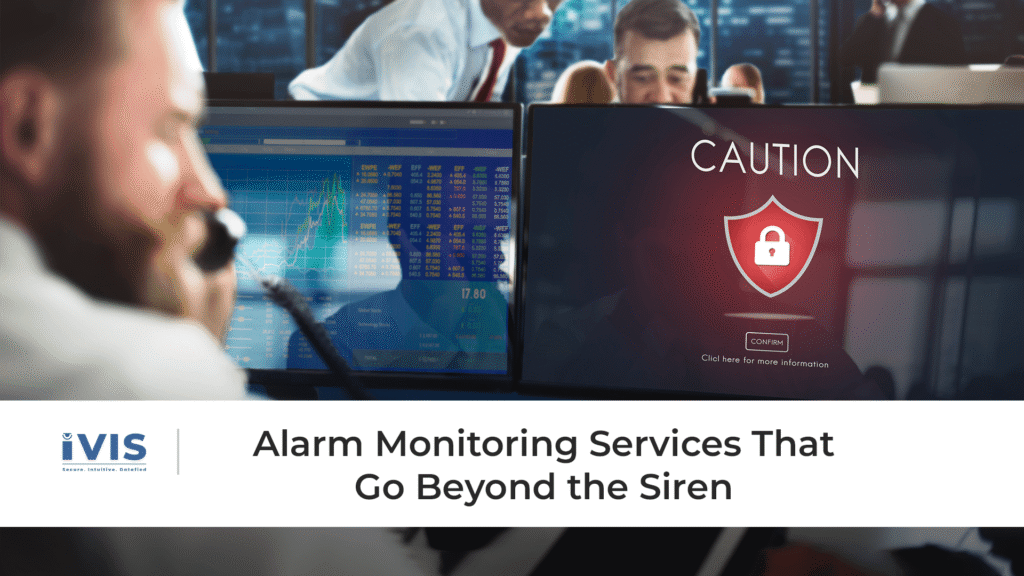Security Sensors and Alarms for Enterprise E-Surveillance
Security Sensors and Alarms for Enterprise E-Surveillance Security is a strategic priority for enterprises. Without robust e-surveillance, every area, from warehouses to data centers, faces increased risk. Traditional security cannot anticipate evolving threats. Enterprise e-surveillance transforms protection with advanced sensors, instant alarms, and intelligent analytics, making security proactive, integrated, and reliable. Security sensors and alarms underpin any enterprise e-surveillance framework. They offer active visibility, proactive alerts, and seamless integration with existing security infrastructure. In an age where threats are advanced and faster, sensors do not just see; they sense, detect, and respond. Understanding the Role of Security Sensors Security sensors are the frontliners of enterprise e-surveillance. They operate beyond the camera’s view. These devices are programmed to detect unauthorized access, motion, sound, vibration, and even environmental changes, like smoke or heat. Common sensor types include: Motion Sensors: Detect physical movement in an area. Door/Window Sensors: Trigger alerts when doors or windows open or close unexpectedly. Glass Break Sensors: Detect the frequency of shattering glass. Infrared Sensors: Track heat signatures for human presence detection. Vibration Sensors: Identify physical tampering or forced entry. Each sensor type strengthens security for specific needs. Vibration sensors secure vaults; motion sensors monitor warehouses and lots. The real advantage comes from their collaboration; connected devices provide layered, proactive defense rather than isolated safeguards, building a stronger, unified security system. Alarms that Respond in Real-Time Alarms have evolved beyond making noise. Modern systems do more than sound—they notify, record, and escalate events, connecting with control centers and supporting cloud and mobile alerts. Enterprises today need multi-channel alarm responses. That means: Auditory Alarms: Loud enough to deter intruders and alert nearby staff. Silent Alarms: Triggered for discreet notification during critical events. Visual Alarms: Flashing lights for high-visibility scenarios. Smart Alerts: Mobile or web-based notifications to operations teams or emergency services. Alarms do not just react; they drive action: logging incidents, triggering auto-lockdowns, and integrating with video feeds. They are essential to any enterprise e-surveillance ecosystem. The Power of Integration Security is most effective when every component communicates. Cameras alone cannot act; sensors cannot record; alarms do not capture. Integration into a single command is key. Enterprise e-surveillance platforms support integration of: Access control systems Video management platforms Cloud-based incident reporting AI-based video analytics Emergency communication systems When a motion sensor detects intrusion, the camera focuses. When glass breaks, alarms go off, and video starts recording. The integration makes it seamless, fast, and accurate. AI Makes Everything Smarter Artificial Intelligence is now essential. AI powers intelligence alarms and more accurate responses, filtering noise, reducing false positives, and adapting to evolving security needs. MarketsandMarkets reports that the global AI in security market is expected to reach $38.2 billion by 2026, growing at a CAGR of 23.3%. Enterprises see the value. AI enables smarter threat detection, faster anomaly identification, and automated escalation. For example: AI can differentiate between a falling object and human movement. Facial recognition paired with door sensors can stop unauthorized entries. Predictive models help identify behavioral patterns before a threat occurs. This eliminates false alarms and builds a proactive security posture. Environmental and Contextual Sensing E-surveillance goes beyond intruders. Environmental sensors monitor smoke, gas leaks, heat spikes, and water ingress. These play a vital role in preventing operational disruptions. In factories, temperature and gas sensors prevent fire hazards. In data centers, humidity sensors avoid equipment failure. In retail spaces, smoke sensors ensure customer safety. Advanced e-surveillance prevents crime, accidents, downtime, and infrastructure loss. Enterprise Use Cases Across Industries Logistics and Warehousing:Motion sensors detect activity after hours. Door sensors track unauthorized access. Alarms alert security teams in real time. Corporate Offices:Infrared sensors monitor restricted zones. Access control is linked to alarms. Security teams receive instant mobile alerts. Educational Institutions:Sensors detect unauthorized entry into buildings. Environmental alarms manage fire safety. Intelligent e-surveillance maintains campus security without heavy manpower. Retail Chains:Door and glass break sensors detect break-ins. Alarms integrate with video analytics to reduce theft and monitor suspicious activity. Healthcare Facilities:Patient safety depends on non-intrusive monitoring. Sensors help track movements in sensitive zones. Environmental sensors help maintain sterile conditions. Every industry has unique needs. Sensors and alarms can be customized and scaled; e-surveillance adapts to each organization, rather than following a set template. Mobile Monitoring and Remote Access Today’s sensors and alarms are cloud-connected. This enables real-time monitoring from anywhere. Operations heads, security personnel, and admins can receive alerts, view logs, and watch live feeds through mobile apps. This flexibility matters. Decision-makers do not need to be on-site. Security works 24/7, without a 24/7 presence. Remote access also allows third-party command centers to intervene in case of escalations. Cloud systems ensure scalability. Whether monitoring 1 site or 100, enterprises maintain uniform standards across locations. Data-Driven Security: Alerts That Learn Sensors and alarms generate data. With the right platform, enterprises can analyze this data to improve future security. Alerts are categorized, false alarms are tagged, and peak threat hours are recorded. This builds a feedback loop. Security strategies shift from reactive to predictive. Know when most unauthorized access attempts occur Identify zones with frequent sensor triggers Understand sensor health and failure rates Optimize patrol or response team deployment Data brings clarity. Clarity leads to control. Cost and ROI Consideration Sensors and alarms aren’t just expenses. They are operational investments. While initial deployment may involve capital expenditure, the long-term benefits outweigh the costs: Reduced manpower requirements Minimized theft, damage, or downtime Faster emergency response Improved compliance with safety regulations Lower insurance premiums Enterprises that invest in intelligent e-surveillance save more than they spend. A Complete Ecosystem with IVIS Security is evolving. Enterprises are adopting intelligent e-surveillance ecosystems, where sensors, alarms, and integrated platforms define modern protection. From detection to response, systems are automated, accurate, and accountable. IVIS, in partnership with Scanalitix, delivers comprehensive enterprise e-surveillance solutions. Their offerings cover sensors, alarms, integrations, analytics, and secure cloud connectivity, designed to scale and adapt with business needs. Organizations do not just need visibility; they need advanced action. With IVIS, enterprise e-surveillance becomes intelligent, preventive, and

